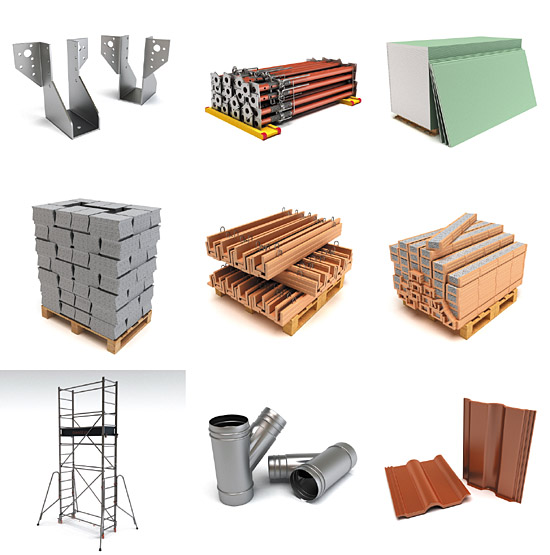
Traditional building materials have stood the test of time, embodying the rich history and cultural heritage of civilizations around the world. From ancient stone structures to traditional timber frames, these materials have not only provided shelter but also contributed to the aesthetic appeal and sustainability of architectural designs. In this blog post, we will delve into the significance of traditional building materials, their unique characteristics, and their relevance in today's construction industry.
- Understanding Traditional Building Materials:
Traditional building materials encompass a wide range of materials, including stone, wood, clay, and natural fibers. These materials have been used for centuries due to their abundance, durability, and compatibility with the environment. They offer a sense of authenticity and timelessness that modern alternatives often struggle to replicate. - Advantages of Traditional Building Materials:
- Sustainability: Traditional materials are often sourced locally, reducing the carbon footprint associated with transportation. They are also renewable and biodegradable, making them environmentally friendly choices.
- Thermal Performance: Natural materials possess excellent thermal insulation properties, regulating indoor temperatures and reducing energy consumption.
- Aesthetics: Traditional materials add character and charm to architectural designs, creating a unique sense of place and cultural identity.
- Durability: Many traditional materials, such as stone and timber, have proven their longevity over centuries, withstanding the test of time and natural disasters.
- Case Studies: Exemplary Traditional Building Materials:
a. Stone: Explore the enduring beauty of ancient stone structures, such as the Great Pyramids of Giza and the Colosseum, showcasing the strength and durability of this material.
b. Timber: Discover the intricate craftsmanship of traditional timber frames, exemplified by Japanese pagodas and medieval European timber-framed houses.
c. Clay: Uncover the versatility of clay in traditional architecture, from adobe structures in the Southwest United States to the intricate tile work of Moroccan riads.
d. Natural Fibers: Learn about the use of natural fibers like bamboo and thatch in traditional construction, highlighting their sustainable qualities and cultural significance. - Modern Applications and Innovations:
Despite the advent of modern building materials, traditional materials continue to find relevance in contemporary architecture. Architects and designers are incorporating these materials into sustainable and eco-friendly construction practices. For example, stone and timber are being used in combination with energy-efficient technologies to create low-carbon footprint buildings.
Conclusion:
Traditional building materials offer more than just structural integrity; they embody the spirit of craftsmanship, cultural heritage, and sustainability. By understanding their unique characteristics and embracing their timeless charm, we can create architectural designs that are not only visually appealing but also environmentally responsible. Let us celebrate the beauty and significance of traditional building materials in shaping our built environment for generations to come.



